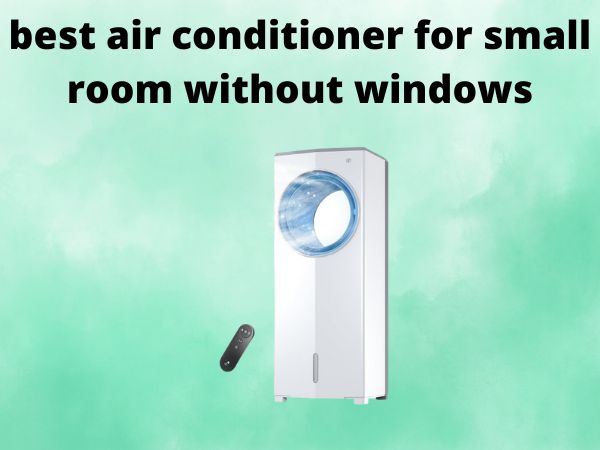How Do You Remove Freon from an Air Conditioner [Safely?]
Removing Freon from an air conditioner might sound like a task best left to the professionals. However, with the right approach and precautions, it’s something you might be able to handle yourself. In this guide, we’ll walk through the essential steps and considerations, ensuring you’re well-prepared for the task. But first, let’s dive into why you might need to remove Freon and how it fits into your home maintenance routine.
Table of Contents
What is Freon?
Freon is a brand name for a group of chemicals known as chlorofluorocarbons (CFCs) or hydrochlorofluorocarbons (HCFCs) used as refrigerants in air conditioners. They play a critical role in the cooling process by absorbing heat and keeping your space comfortable. However, Freon has environmental impacts, particularly in relation to ozone layer depletion.
Why is Freon Important?
Imagine an orchestra without a conductor. That’s your air conditioning system without Freon. It’s the silent hero, closely regulating temperature changes inside your unit, ensuring efficiency, and ultimately keeping your living space cool.
Why You Might Need to Remove Freon
Maintenance and Repairs
Just like how you’d tune a car engine, at times, an air conditioner requires maintenance. Removing Freon might be necessary for repairs, part replacements, or complete system upgrades.
Environmental Concerns
In the grand scheme of things, Freon isn’t as friendly to our planet. With increasing awareness around environmental sustainability, switching to more eco-friendly refrigerants is becoming common practice.
Legal Regulations
In many regions, there are strict regulations around Freon use due to its impact on the ozone layer. Knowing and complying with these regulations is crucial before undertaking any removal activities.
Prerequisites for Removing Freon
Legal and Safety Considerations
Removing Freon isn’t exactly a walk in the park, partly because it involves legal restrictions. Many areas require certifications for Freon handling. Always check local laws and possibly obtain a license before starting.
Tools You’ll Need
A craftsman needs his tools, right? Ensure you have:
- Refrigerant recovery machine
- Refrigerant recovery cylinder
- Safety goggles and gloves
- Wrenches and screwdrivers
Safety Gear
Your safety should be top priority. Always wear protective gear such as goggles, gloves, and a mask to prevent any exposure to harmful chemicals.
Step-by-Step Guide to Freon Removal
Initial Preparations
Before delving into the process, ensure the power to your air conditioner is completely turned off. This is not something you want to rush. Confirm you have all necessary equipment and protective gear ready.
Recovering Freon Safely
Here’s where precision meets patience. Attach the recovery machine to your AC system, making sure all connections are tight to prevent leaks. Follow the machine’s instructions to draw the Freon into the recovery cylinder slowly, keeping an eye on pressure levels.
Post-Removal Procedures
Once removed, label and store the cylinder with care. It’s crucial to prevent accidental releases into the atmosphere. Proceed to repair or replace parts as needed before refilling your system with a more environmentally-friendly refrigerant.
Common Mistakes to Avoid
Think of these as pitfalls on your road to success. Avoid:
- Working without proper certification or knowledge.
- Neglecting personal safety equipment.
- Improper sealing of the recovery tank.
- Ignoring potential leaks or damages in recovery equipment.
Disposing of Freon Responsibly
You wouldn’t just throw away a used battery carelessly, and Freon disposal requires the same caution. Engage with certified professionals or disposal facilities to handle and process the refrigerant in an environmentally friendly manner.
Seeking Professional Help
The task may become daunting, and sometimes the best course is to call in the cavalry. Certified HVAC professionals have the expertise and tools to handle Freon removal efficiently and legally, leaving you with peace of mind and without the risk of regulatory breaches.
Conclusion
Removing Freon from an air conditioner is no small feat and comes with its share of challenges—both mechanical and legal. Yet, with a methodical approach and respect for safety and environmental guidelines, it is manageable. Always remember that while some adventures are worth embarking on, it’s sometimes wise to delegate the tricky tasks to experts. Whether you’re a DIY enthusiast or prefer professional help, the priority should remain on safety, legality, and environmental consciousness.
FAQs
Is it legal for anyone to remove Freon from an air conditioner?
No, in many places, removing Freon is regulated and requires a licensed professional or certified individual due to its environmental effects.
What are the dangers of removing Freon improperly?
Improper removal can lead to refrigerant leaks, posing health hazards, environmental damage, and legal consequences.
Why should I consider a professional for Freon removal?
Professionals are trained and equipped to handle Freon safely and legally, which reduces risks and ensures compliance with regulations.
Can I replace Freon with a more eco-friendly refrigerant myself?
It’s best to consult a professional to ensure the replacement refrigerant is compatible with your system and is handled correctly.
What protective gear is necessary when removing Freon?
Essential protective gear includes safety goggles, gloves, and a mask to protect against potential exposure to harmful chemicals.

